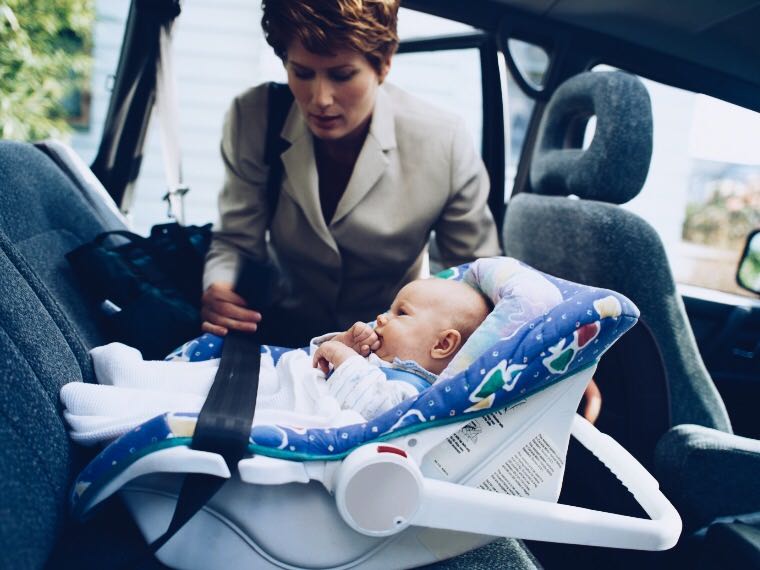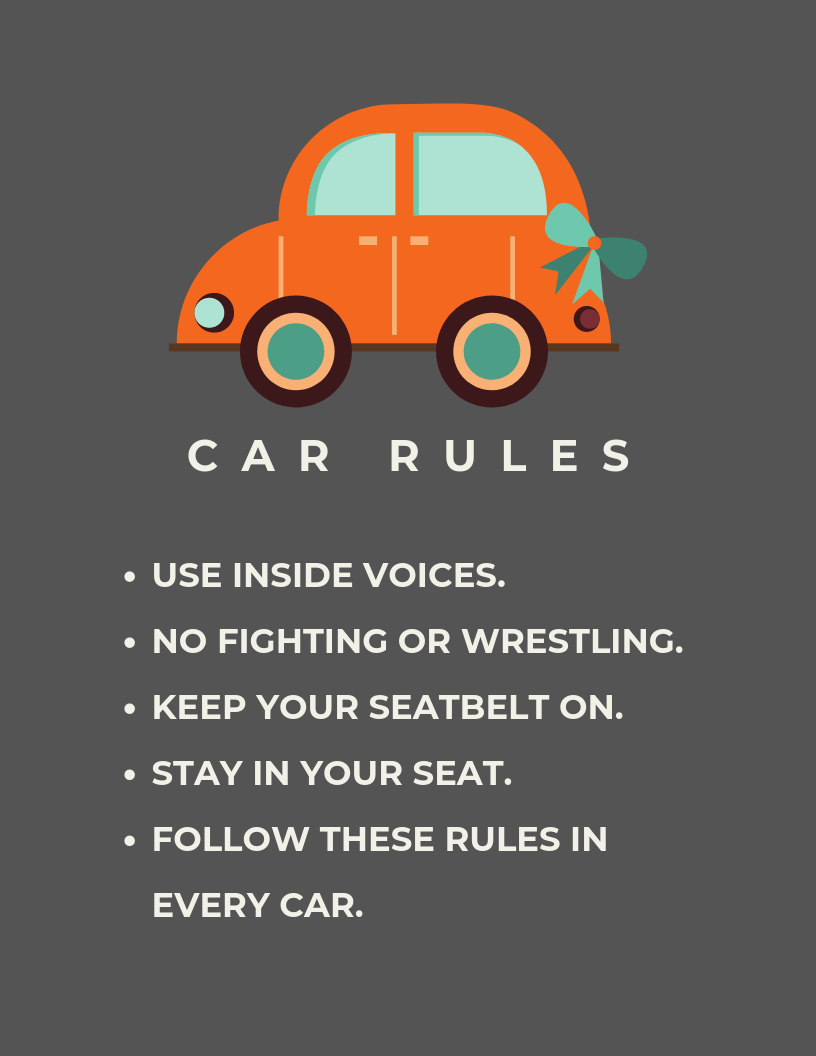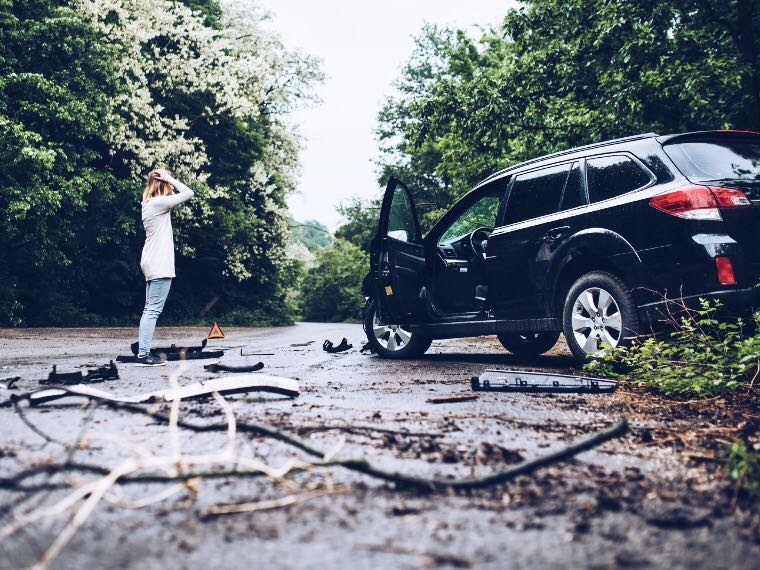How to Manage Your Passengers While Driving
April 15, 2019 | by BMI Staff
Tips for New Drivers
New drivers are especially susceptible to the distractions of riding with passengers. If you have a teenage driver, or if you are one yourself, take a look at these tips for managing your passengers:
- Limit the number of people you allow in your vehicle.
This can be particularly difficult for the oldest friends who get their licenses before the younger bunch. Suddenly, your license means a ticket to freedom for not only you, but also everyone you know. To avoid getting yourself into a dangerous situation (not just for you, but for your passengers, too), decide early on how many passengers you can handle before feeling overwhelmed. This number is going to vary by person, but setting a max will help you stand your ground when you’re being hounded for rides. Doherty et al. (1998) researched young drivers and found that having two or more passengers greatly increased the risk of crashing for participants aged 16-19. Finally, never overload your vehicle with more bodies than there are seats. Not only is this illegal, but it will also ensure a traffic ticket at minimum—and a dangerous accident at worst.
- Set your intentions for passengers before putting the vehicle in drive.
You put in the hard work to study for and pass your driving test. You worked hard to pay for your vehicle, or your caretakers deemed you suitable enough for a car on their dime. There are few risks higher than being responsible for another person’s life, which is exactly the role we all take on when getting behind the wheel (passengers or no passengers). So, before you worry about being labeled “uncool” or “too safe” when dolling out expectations for your passengers, feel free to explain to them the point in doing so: keeping everybody out of harm’s way. Some example expectations may be that the radio volume stays below a certain point, that everybody wear their seatbelts, and that nobody speak too loudly to one another. These rules might go without saying in some circles, but they may need to be stated in others. - Save the take-out for the destination.
Whether your parents bought you a nearly new vehicle, equipped with state-of-the-art safety features, or you scraped up enough money to afford a beat-up pickup truck, you are going to take the same amount of pride in your vehicle. Why? Because it’s yours. So when you drive your prized possession away from that drive-through window, your immediate thought might not be to dig into that hard-shell taco right away. The thing about your friends, though? They don’t care nearly as much about the cloth interior and highly-stainable seats as you do. Suddenly, all of your mental energy will be shifting away from the road and onto that dripping packet of mild sauce. Make it a point to keep the food under wraps until reaching your destination, because delicious aromas can’t stain!
Tips for New Parents
Traveling with young children, especially newborns, poses a set of challenges all its own. Follow these tips for keeping you and your family safe on the road when driving your youngsters around.
- Install a headrest mirror.
If you don’t have a constant view of your baby available to you while driving, your mind will race each time your child is quiet for too long or makes a noise you’re not used to hearing. Installing a mirror that is easy to glance at through your rearview will keep your baby safe and yourself distraction–free while in the car. - Allow for time to pull over when preparing to leave the house.
Instead of attempting to soothe your infant or child while driving down a busy highway, include some padding in your travel time for pulling over if your child gets fussy. - Put an adult in the backseat.
If you’re traveling with another adult, stick them in the backseat with the baby, or have the other person drive so you can sit with him or her. This will eliminate the need for unplanned stops and give the driver peace of mind that someone else is on baby duty!
Tips for All Drivers
- Avoid the multi-tasking myth.
While it is possible to perform multiple tasks at once, it is not possible to devote 100% of one’s attention to more than one activity. This very much includes driving. According to the National Safety Council (2019), drivers who focus on distractions within their vehicles “can miss seeing up to 50% of their driving environment.” Imagine putting on a pair of swimming goggles before getting into the driver’s seat. That loss of peripheral and clarity is very similar to what many of us experience when driving distracted. - Slow down.
If you signed up for carpool duty or picking up the entire soccer team from practice, there will undoubtedly be distractions present in your vehicle. Prepare for your slower response time by slowing down your vehicle, too. This will give you a longer chance to react if something surprising happens on the road. - Remind your children of the rules.
If you’re constantly toting around younger-aged children, remind them of the rules for your vehicle. Repetition, along with holding them accountable, will help your children be more mindful of themselves when being driven around. Make sure to communicate the dangers of driving to an extent that will resonate with them (without making them fearful of the journey). For children who are old enough to read, consider posting a printable of your rules in the backseat, like this one!
References
- Doherty, S. T., Andrey, J. C., & Macgregor, C. (1998). The situational risks of young drivers: The influence of passengers, time of day and day of week on accident rates. Accident Analysis & Prevention, 30(1), 45-52. doi:10.1016/s0001-4575(97)00060-2
- National Safety Council (2019). The Great Multitasking Lie. Retrieved from https://www.nsc.org/road-safety/tools-resources/infographics/great-multitasking-lie










